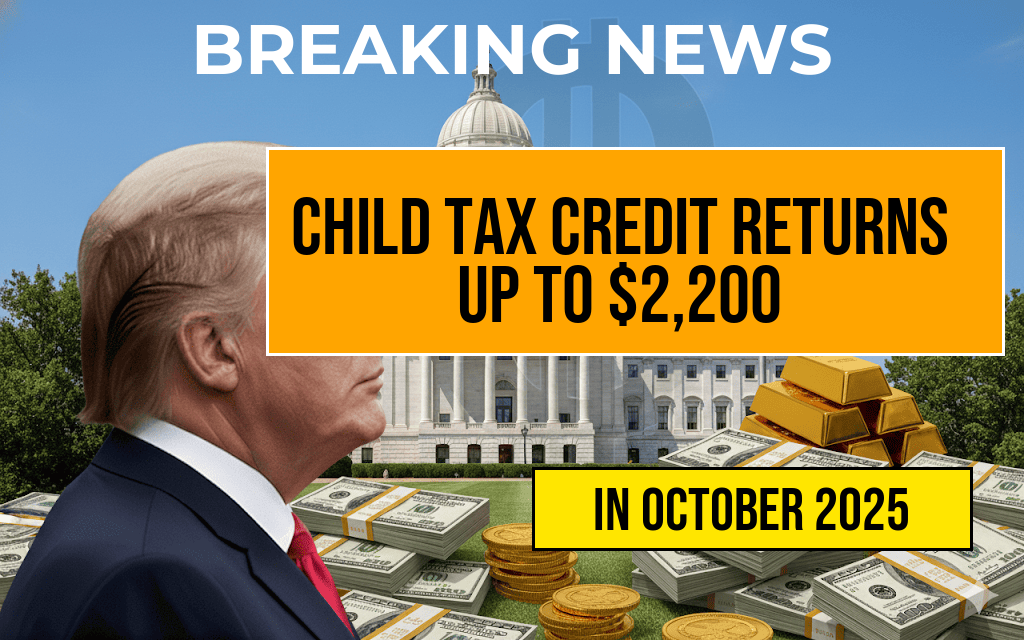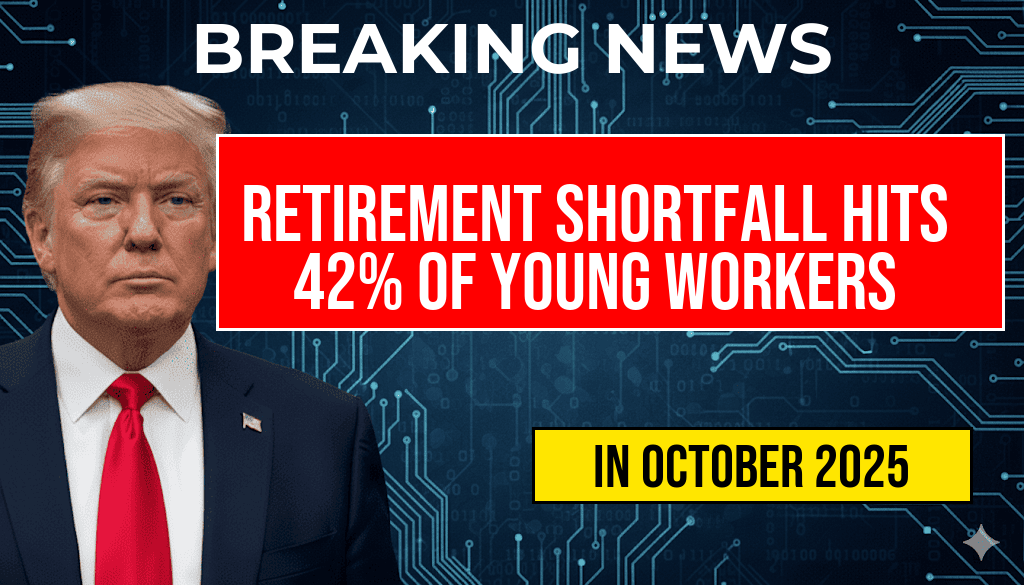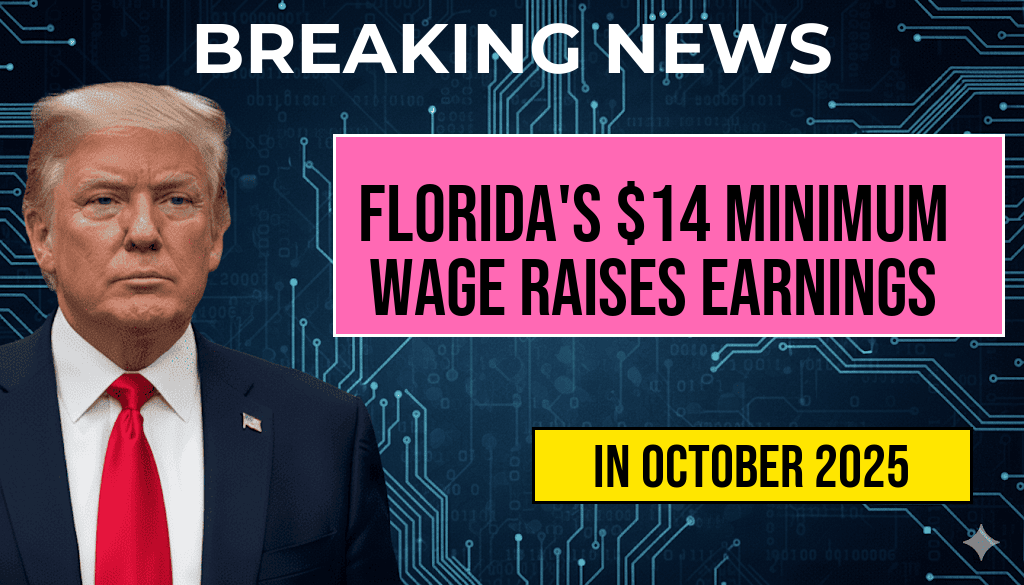The Internal Revenue Service (IRS) has announced an increase in the annual contribution limit for 401(k) retirement plans, set to take effect in 2025. Employees will now be able to contribute up to $23,500, reflecting a $2,000 increase from the current limit of $21,500 for 2024. This adjustment aims to accommodate inflation and provide workers with greater opportunities to boost their retirement savings. The new cap applies to individual contributions, while total contribution limits, including employer matches and other additions, also rise accordingly. The change underscores ongoing efforts to enhance retirement security and adapt to economic shifts, offering Americans more flexibility in planning for their financial futures. As these limits increase, both employees and employers are encouraged to review their retirement strategies to maximize benefits under the updated regulations.
Understanding the 401(k) Contribution Limit Increase
Details of the New Contribution Cap
| Year | Maximum Employee Contribution | Total Contribution Limit (including employer matches) |
|---|---|---|
| 2024 | $21,500 | $66,000 |
| 2025 | $23,500 | Expected to increase proportionally (see notes below) |
The primary increase for 2025 involves the $23,500 limit on individual contributions, which is designed to help participants save more each year. The total contribution limit, which encompasses employer contributions and any other additions, is also adjusted, although specific figures are typically announced closer to the start of the year.
Factors Influencing the Increase
The IRS bases these adjustments on changes in the cost-of-living index, ensuring that retirement savings thresholds stay aligned with inflation. The 2025 increase reflects a continued effort by policymakers to encourage Americans to prioritize retirement planning amid rising living costs.
Implications for Employees and Employers
Enhanced Retirement Savings Opportunities
With the new contribution limit, employees can allocate more funds toward their retirement accounts annually. This shift is especially significant for high earners and those who have historically maxed out their contributions, as it allows for greater accumulation of retirement assets over time.
Adjustments in Retirement Planning Strategies
Financial advisors recommend reviewing current savings plans to take full advantage of the increased limit. Employees who have been contributing at maximum levels may consider increasing their contributions further, where possible, to capitalize on the new thresholds. Employers might also revisit their matching policies to remain competitive and support employee retirement goals.
Potential Impact on Retirement Security
Experts suggest that higher contribution limits could contribute to improved retirement readiness for many Americans. However, they also caution that increased savings should be complemented with comprehensive financial planning, including investment diversification and tax planning, to maximize long-term benefits.
Additional Considerations and Future Outlook
Additional Retirement Plan Adjustments
Alongside the contribution limit increases, other aspects of retirement planning are subject to adjustments, including catch-up contributions for workers over age 50. For 2025, the catch-up contribution limit is expected to rise to $7,500, allowing older workers to save even more as they approach retirement.
Policy Trends and Retirement Planning Evolution
The increase in contribution limits reflects a broader trend toward enhancing retirement security through legislative adjustments. Policymakers continue to evaluate ways to bolster Americans’ financial resilience, especially in light of shifting economic conditions and demographic changes. Staying informed about these updates remains crucial for both individual savers and employers.
Resources for Further Information
- Retirement Savings in the United States – Wikipedia
- Understanding 401(k) Contribution Limits – Forbes
Frequently Asked Questions
What is the new 401(k) contribution limit for 2025?
The 401(k) contribution limit has increased to $23,500 for employees in 2025.
Who is affected by the 2025 401(k) limit increase?
All employees participating in 401(k) retirement plans are affected by the limit increase, allowing them to contribute more towards their retirement savings in 2025.
When will the new 401(k) contribution limits take effect?
The increased limit will apply to the 2025 calendar year, starting with contributions made during that year.
Are there catch-up contributions allowed for participants aged 50 and above in 2025?
Yes, catch-up contributions are permitted for participants aged 50 and above. The limit for these additional contributions remains at $7,500 for 2025.
How does the limit increase impact my retirement savings strategy?
The increase to the 401(k) contribution limit provides an opportunity for employees to save more for retirement in 2025, potentially enhancing their long-term financial security.










